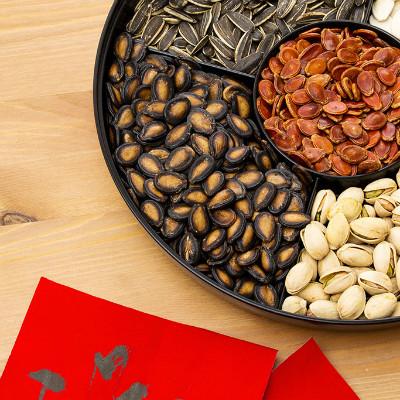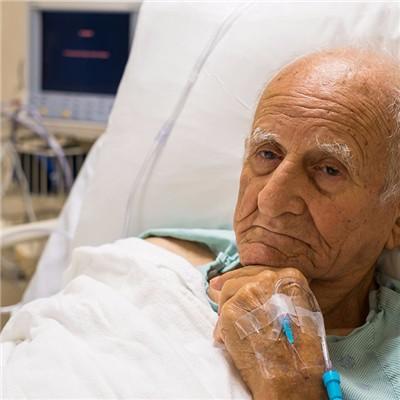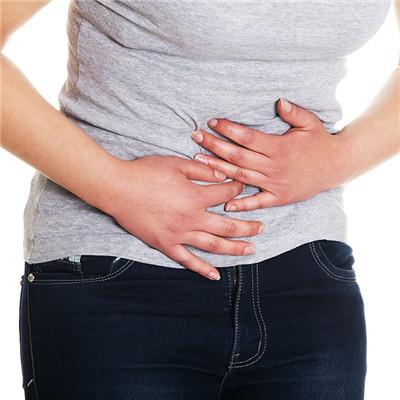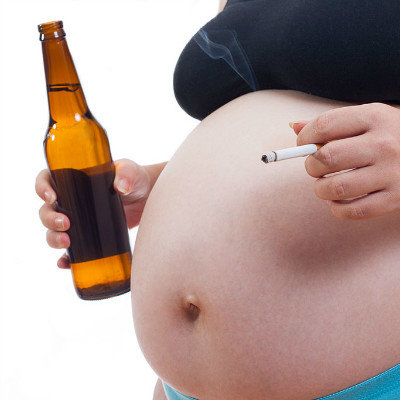How to treat children glycogen storage disease type IV?
summary
Glycogen storage disease (GSD) is a kind of disorders of glycogen metabolism caused by congenital enzyme defects. The common biochemical characteristic of these diseases is abnormal glycogen storage, and most diseases are increased glycogen storage in liver, muscle, kidney and other tissues. Let's share my experience with you.
How to treat children glycogen storage disease type IV?
So far, there is no effective treatment except general supportive treatment. High protein, high fat, low carbohydrate diet, glucagon and α- Glucosidase is not effective for this disease. If the lesion is limited to the liver, liver transplantation may be considered.

In the first few months after birth, children often have no symptoms, but in 3-15 months, they gradually develop liver and spleen enlargement, abdominal swelling, gastrointestinal symptoms and weight loss, and may have nervous system symptoms such as hypotonia, muscle wasting and atrophy, and disappearance of deep tendon reflex. With the progress of the disease, liver cirrhosis and portal hypertension signs gradually obvious, ascites, abdominal varicose veins and esophageal varices, jaundice and so on. Children are very easy to complicated with various infections, often died of chronic liver failure within 3-4 years old.
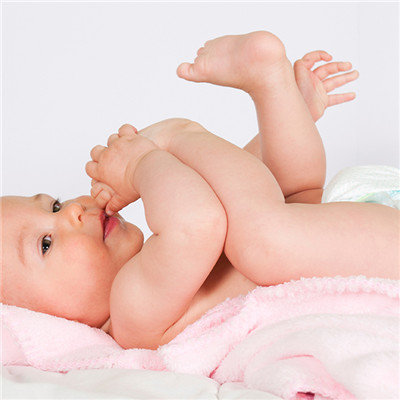
The clinical manifestations of branching enzyme deficiency are various. In recent years, a few adult cases confirmed by enzyme activity test have been reported. These patients are mainly characterized by neurological and muscular diseases. It is known that the activity of branching enzymes in peripheral nerve tissue and leukocytes of these patients is decreased. With the accumulation of data, it will be further understood.

matters needing attention
In daily life, eat more fruits and vegetables, keep optimistic mood, pay attention not to fatigue, pay attention to the recovery of the body, in addition, if there are any symptoms should go to the hospital for examination, and corresponding treatment, these are to actively do.

